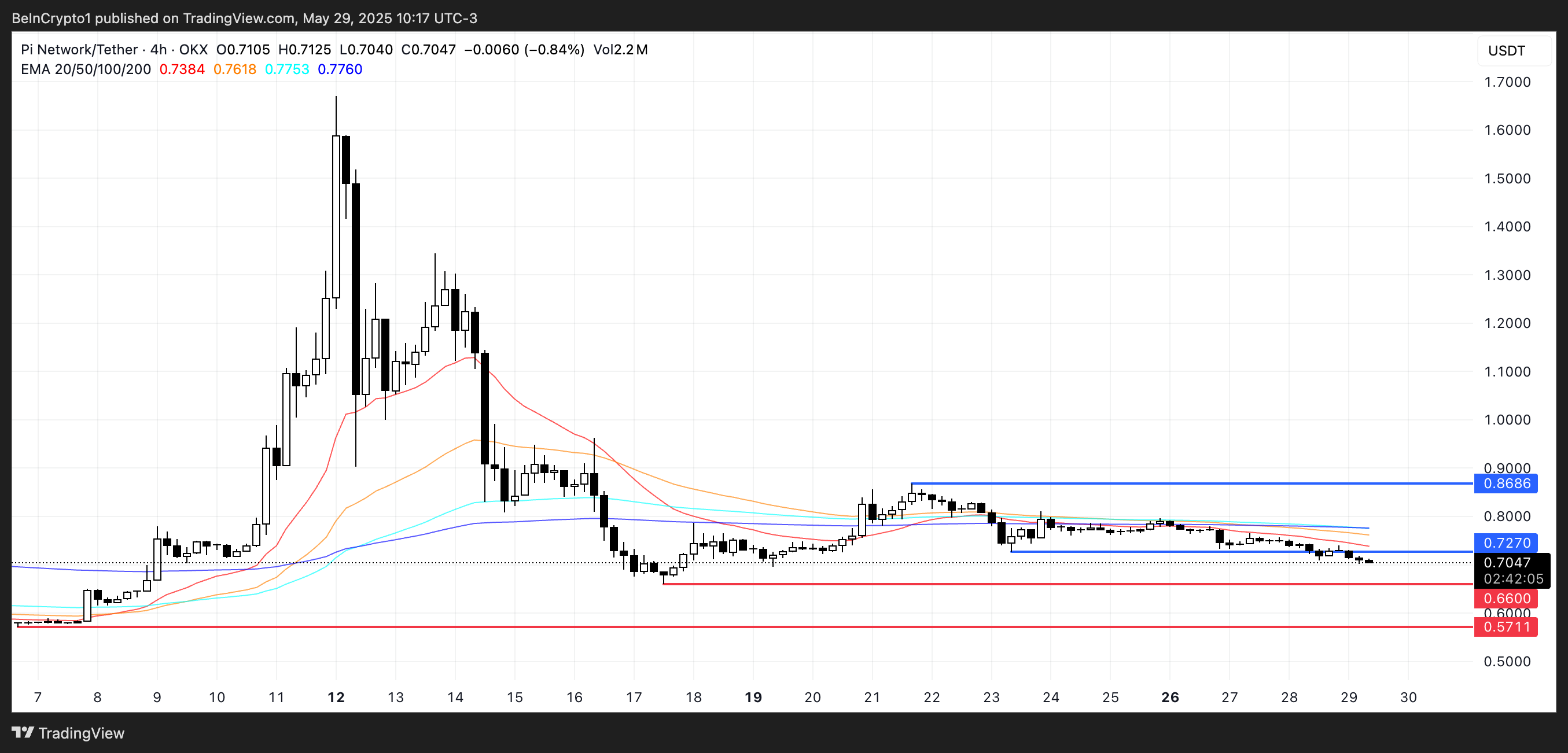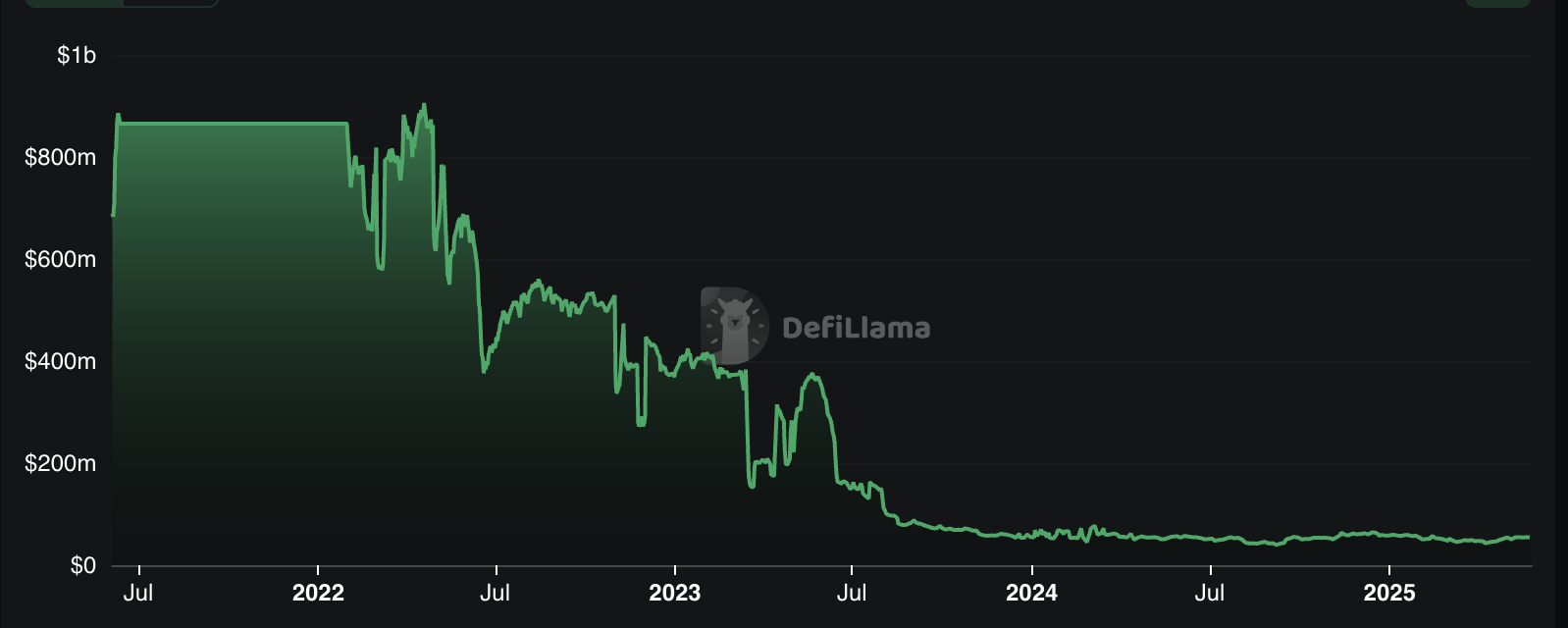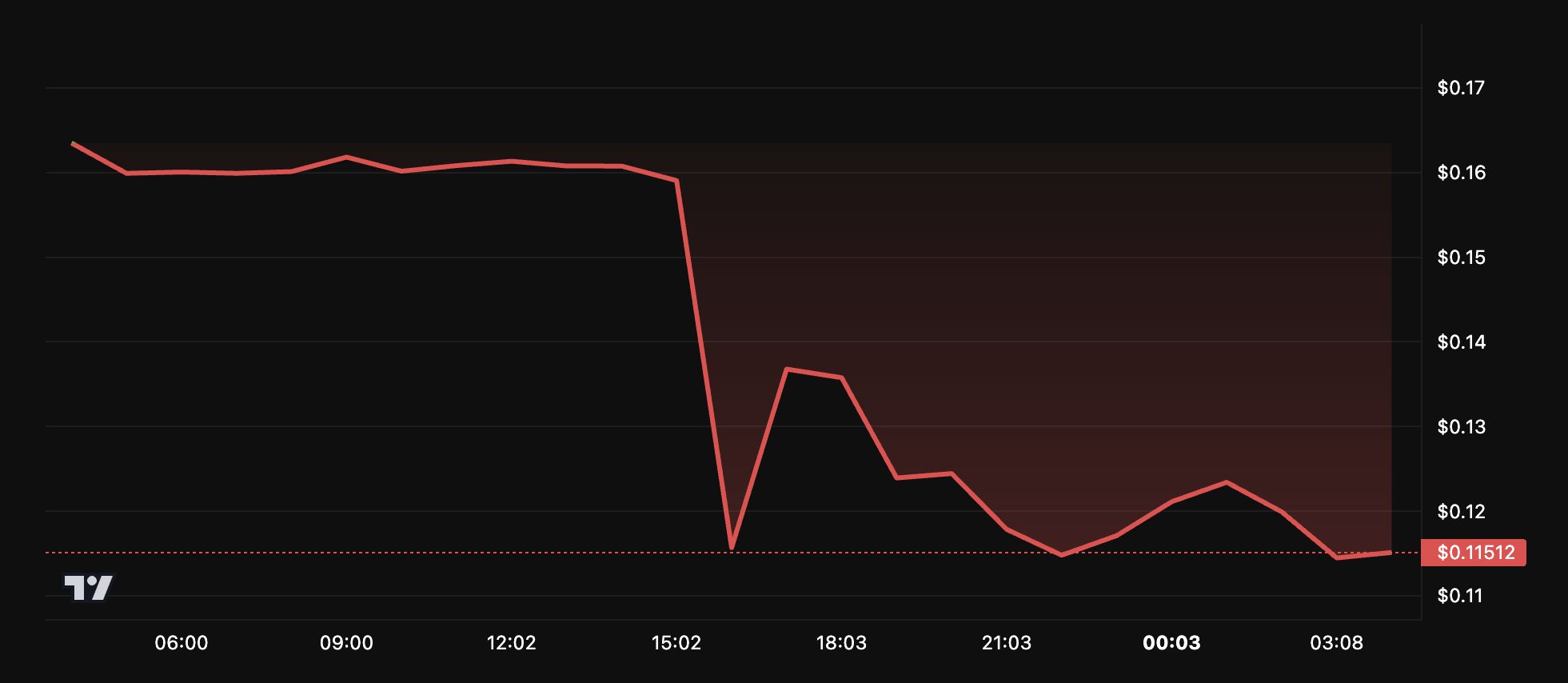A group of pro-crypto Senate Democrats introduced an amendment to the GENIUS Act that is widely expected to fail—on purpose.
The move appears designed to look like opposition while actually helping the stablecoin bill pass. This largely ceremonial opposition will allow Democrats to save face on a potentially unpopular move.
What’s Happening with the GENIUS ACT?
The GENIUS Act, a major bill to regulate stablecoins, has stirred controversy. Critics worry it could enable corruption or destabilize the financial system. Despite those concerns, the bill retains modest bipartisan support and is advancing in the Senate.
Recently, according to multiple reports, Democrats introduced an amendment—the End Crypto Corruption Act—that allows the bill to proceed to a vote, even if the amendment fails.
This unusual strategy prevents Democrats from using a filibuster to block the GENIUS Act, clearing a key legislative hurdle.
In effect, this lets Democrats claim they tried to strengthen the bill without actually stopping it from passing. One source dubbed the move “Schumer 101.”
The reference is based on Senate Majority Leader Chuck Schumer’s past use of similar procedural tactics to prevent a government shutdown.
“The [GENIUS Act] as it currently stands still has numerous issues that must be addressed. While we are eager to continue working with our colleagues to address these issues, we would be unable to vote for cloture should the current version of the bill come to the floor,” a joint statement from the amendment’s Democratic supporters read.
Why This Matters
The amendment is symbolic. It won’t pass, but it gives cover to pro-crypto Democrats who don’t want to publicly back the GENIUS Act outright.
Also, it neutralizes the filibuster threat. A filibuster is a procedural tactic used in the US Senate to delay or block a vote on a bill or nomination. By introducing this amendment via a cloture vote, Democrats can’t later use the filibuster to block the bill.
Most importantly, it ensures forward momentum. Even with some public opposition, the GENIUS Act can now reach a vote and likely pass.
Tensions over crypto policy have increased since the Trump administration backed pro-crypto regulations. Allegations of corruption involving President Trump and foreign crypto investments have deepened partisan divides.
Recently, Rep. Maxine Waters led a Democratic boycott of a crypto policy hearing.
The vote for the GENIUS Act’s final fate will take place sometime next week, and a few Democrats still vocally oppose it. Nothing is necessarily guaranteed; Republican defectors may get cold feet.
Still, currently, its chances look very good. Stablecoin regulation in the US may be on the verge of major success.
The post Democrats May Have Guaranteed Success for the GENIUS Act Stablecoin Bill appeared first on BeInCrypto.









